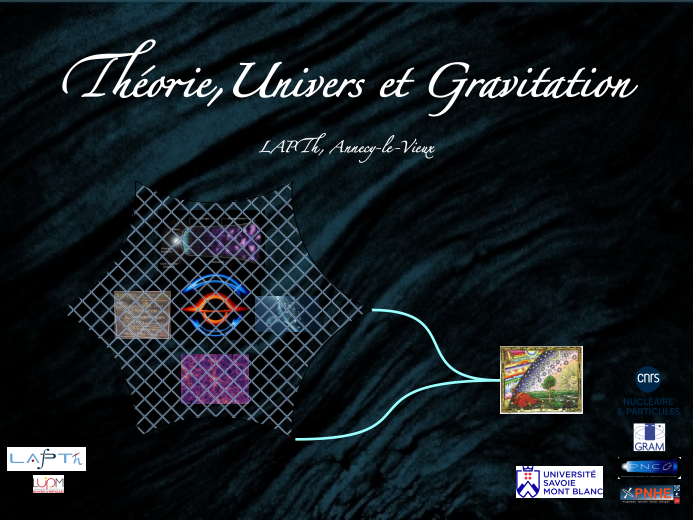Orateur
Giulia Cusin
(IAP)
Description
Recently different Pulsar Timing Array collaborations have found evidence of a gravitational wave background, consistent with an astrophysical background from black hole binaries in the inspirling phase. To claim a detection, one has to measure an almost-quadrupolar correlation between the time of arrival of pulses from an array of pulsars: the Hellings-Downs curve. I will address the question: assuming noise-free measurements, how well do we expect data to follow this curve? I will review different sources of "theoretical" variance affecting this curve, focusing in particular on the effect of source clustering on the pulsar correlations.

